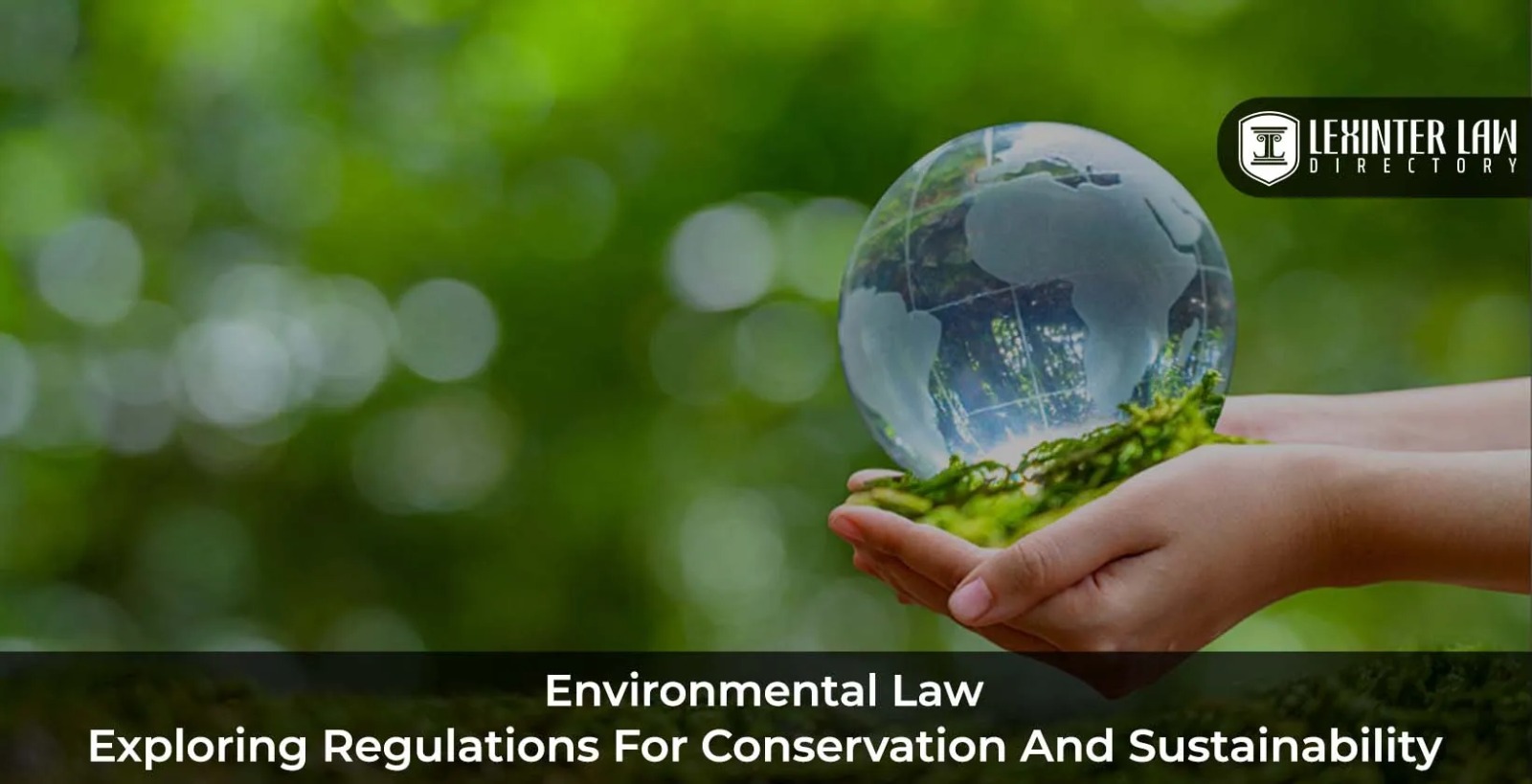The ever-evolving landscape of environmental regulations has forced businesses worldwide to adapt, with many feeling the pressure of navigating complex compliance requirements. Alberta, a region known for its diverse industries, is no exception. The changing environmental policies are challenging companies to adjust their operations, reduce their environmental footprint, and, most importantly, find ways to thrive in this new regulatory environment.
Understanding Environmental Regulations
Environmental regulations in Alberta have become more stringent over the years, as the demand for sustainability and the protection of natural resources grows. These regulations impact a wide range of sectors, from oil and gas to agriculture, forestry, manufacturing, and beyond. With more stringent rules being introduced to mitigate climate change, reduce emissions, and protect ecosystems, businesses are finding themselves under increasing pressure to comply.
Key Industries Affected
Industries such as oil and gas, mining, and manufacturing are some of the most heavily regulated in terms of their environmental impact. In particular, the oil sands industry, a cornerstone of Alberta’s economy, faces significant scrutiny over carbon emissions and land reclamation.
Challenges Faced by Alberta’s Business Community
The impact of environmental regulations on businesses can be both immediate and long-term. The regulations, while necessary for sustainability and environmental protection, create challenges for companies trying to balance profitability with compliance. Below, we look at some of the primary challenges businesses face.
Compliance Costs
One of the most significant challenges Alberta’s businesses face is the rising cost of compliance with environmental regulations. Businesses must invest in new technologies, equipment, and operational changes to meet stricter regulations, often requiring substantial upfront investment.
Operational Adaptation
Adapting operations to meet environmental regulations often involves rethinking business processes, product designs, and production methods. In industries such as manufacturing and agriculture, adapting to green technologies, waste reduction protocols, and energy-efficient practices can require extensive changes to established practices. These changes can disrupt existing workflows, adding complexity and time to regular operations.
Impact on Business Growth and Development
Environmental regulations, though necessary for long-term sustainability, can also slow the growth and expansion of businesses, especially for those in high-impact industries. Startups and small businesses in particular may struggle with the added financial strain and the complexities of meeting regulatory demands, potentially hindering their growth or deterring new investments.
Advocacy and Business Solutions to Tackle Environmental Regulations
Despite these challenges, Alberta’s business community is not sitting idly by. Many are taking proactive steps to not only comply with environmental regulations but to advocate for better frameworks and explore innovative solutions. The key lies in collaboration between businesses, advocacy groups, and government bodies. Below are some of the Advocacy Solutions that are working to mitigate the impact of environmental regulations.
Collaboration Between Businesses and Advocacy Groups
Business and advocacy groups are increasingly joining forces to navigate environmental regulations more effectively. Organizations such as the Alberta Chamber of Commerce and environmental advocacy groups are working together to engage with policymakers and ensure that regulations are both effective and economically viable. This collaboration also allows businesses to have a seat at the table in discussions about future regulatory changes, helping to shape a balanced approach to environmental protection.
Technological Innovations and Sustainable Practices
Technology has played a pivotal role in helping businesses reduce their environmental impact. In sectors such as energy, the adoption of cleaner, more efficient technologies allows companies to comply with environmental regulations while maintaining their productivity. From renewable energy solutions to waste management technologies, businesses are embracing innovations that help reduce their environmental footprint and achieve sustainability goals. In agriculture, the use of precision farming techniques allows for more efficient use of resources like water and fertilizer, reducing environmental impacts while increasing productivity.
Policy Advocacy and Government Support
Advocacy groups play a vital role in helping businesses navigate regulatory landscapes. In Alberta, various organizations are working to ensure that businesses’ voices are heard in the policymaking process. By advocating for clearer, more predictable regulations, businesses can better plan for compliance and avoid costly mistakes. These programs incentivize companies to adopt green technologies and sustainable practices while maintaining their profitability.
Conclusion
Navigating environmental regulations may be challenging, but it’s clear that Alberta’s business community is adapting and finding innovative solutions to not only meet these challenges but to thrive in an environmentally conscious economy. With collaboration between businesses, advocacy groups, and the government, the regulatory landscape can become a driving force for innovation, sustainability, and long-term growth.
Also Read :The Complete Guide to Home Security: CCTV and Professional Services
FAQs
1. How are businesses in Alberta dealing with the high costs of compliance with environmental regulations?
Businesses are investing in green technologies, adopting sustainable practices, and collaborating with advocacy groups to find solutions. Government grants and incentives also help offset some of these costs.
2. What industries are most affected by environmental regulations in Alberta?
Industries such as oil and gas, agriculture, and manufacturing are the most affected by environmental regulations due to their significant environmental impact.
3. How can small businesses in Alberta adapt to these regulations?
Small businesses can adapt by investing in cost-effective green technologies, leveraging government incentives, and collaborating with industry groups to stay informed and compliant with regulations.
4. What role do advocacy groups play in helping businesses navigate environmental regulations?
Advocacy groups work to ensure businesses have a voice in policymaking, push for fair regulations, and offer guidance on compliance. They also help businesses access resources and support to meet environmental standards.
